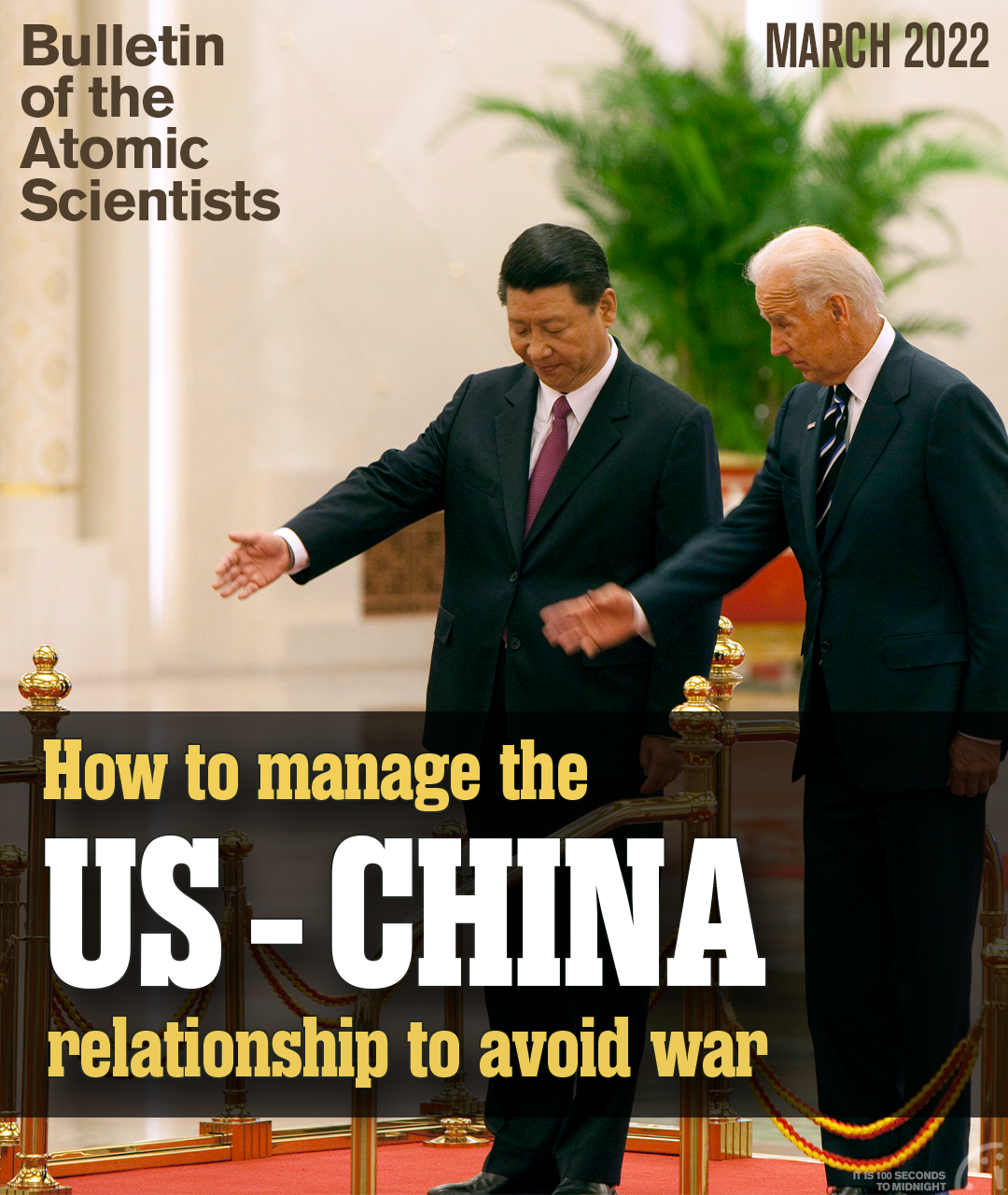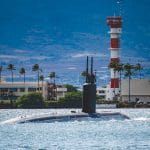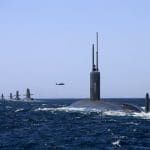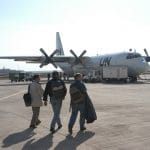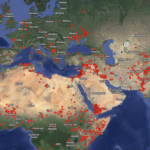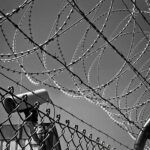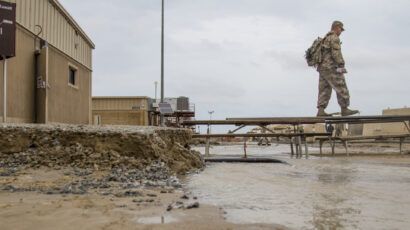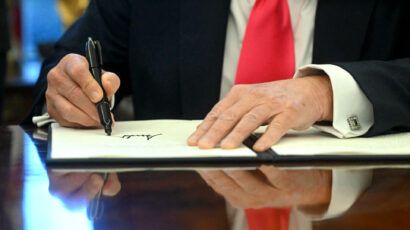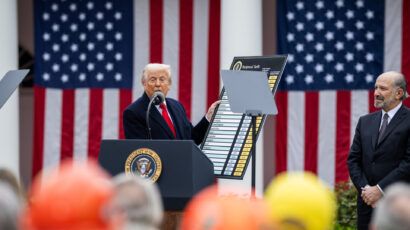References Arima, J. 2020. “Indonesia and Philippines are Smart to Make Nuclear Power Plans.” Nikkei Asia, July 12. https://asia.nikkei.com/Opinion/Indonesia-and-Philippines-are-smart-to-make-nuclear-power-plans. ASEAN Centre for Energy. 2018. “Pre-Feasibility Study on the Establishment of Nuclear Power Plant in ASEAN.” ASEAN Centre for Energy https://aseanenergy.org/pre-feasibility-study-on-the-establishment-of-nuclear-power-plant-in-asean. China National Nuclear Corporation. 2021. “World’s First HTR-PM Nuclear Power Plant Connected to Grid,” December 20. https://en.cnnc.com.cn/2021-12/20/c_692103.htm. Cruz, E. 2020. “Philippines Takes ‘Major Step’ toward Using Nuclear Power.” Reuters, July 29. https://www.reuters.com/article/us-philippines-energy-nuclear/philippines-takes-major-step-toward-using-nuclear-power-idUSKCN24U14E. Glosserman, B. 2020. “In the Competition for Southeast Asia Influence, Japan is the Sleeper.” The Japan Times, January 22. https://www.japantimes.co.jp/opinion/2020/01/22/commentary/japan-commentary/competition-southeast-asia-influence-japan-sleeper/. Gordon, J.T. 2020. “International co-financing of nuclear reactors between the United States and its allies.” Atlantic Council, January 9. Hartcher, P. 2021. “Australia Paid a High Price for Unsatisfying Report into Global Tragedy.” Sydney Morning Herald. April 6. https://www.smh.com.au/national/australia-paid-a-high-price-for-unsatisfying-report-into-global-tragedy-20210405-p57gke.html. Hibbs, M. 2018. The Future of Nuclear Power in China. Washington, D.C.: Carnegie Endowment for International Peace. International Atomic Energy Agency (IAEA). 2022. “Power Reactor Information System.” https://pris.iaea.org/PRIS/home.aspx. International Energy Association. 2019. “Southeast Asia Energy Outlook 2019: Comprehensive review of a region on the rise.” World Energy Outlook Special Report, Fourth Edition. October. https://www.iea.org/reports/southeast-asia-energy-outlook-2019. Kim, JJ, Kang, C. and Ham GH. 2021.“Fundamentals of South Korean Public Opinion on Foreign Policy and National Security,” September 13. https://en.asaninst.org/contents/fundamentals-of-south-korean-public-opinion-on-foreign-policy-and-national-security. Lam, JCK; Cheung, LYL; Han, Y; and Wang, SS. 2018. “China’s Response to Nuclear Safety Post-Fukushima: Genuine or Rhetoric?” Cambridge Working Paper in Economics, November 5. Lee, S. 2013. “The Weakening of the Competitiveness Realized.” Chosun Ibo, April 20. http://biz.chosun.com/site/data/html_dir/2013/04/05/2013040501361.html. McGoldrick, F., and Kim, D. 2013. “Decision Time: US- South Korea Peaceful Nuclear Cooperation” Korea Economic Institute of America, March 13. http://www.keia.org/publication/decision-time-us-south-korea-peaceful-nuclear-cooperation. Minh, A. 2020. “Vietnam Advised to Restart Nuclear Energy Program.” VnExpress International, September 6. https://e.vnexpress.net/news/business/industries/vietnam-advised-to-restart-nuclear-energy-program-4157727.html. Ng, E. 2013. “China Nuclear Plant Delay Raises Safety Concern.” South China Morning Post, October 7. https://www.scmp.com/business/china-business/article/1325973/china-nuclear-plant-delay-raises-safety-concern. Patey, L. 2021. “China Is an Economic Bully—and Weaker Than It Looks.” Foreign Policy, January 4.https://foreignpolicy.com/2021/01/04/china-is-an-economic-bully-and-weaker-than-it-looks/. Pew Research Center. 2015. “Asians’ View of Each Other.” September 2. www.pewresearch.org/global/2015/09/02/how-asia-pacific-publics-see-each-other-and-their-national-leaders/asia-heat-map. Safrina, Rika. 2018. “Pre-Feasibility Study on the Establishment of Nuclear Power Plant in ASEAN.” ASEAN Centre for Energy. https://aseanenergy.org/pre-feasibility-study-on-the-establishment-of-nuclear-power-plant-in-asean/. Serapio, M., and Dela Cruz, E. 2018. “In Power Hungry Philippines, Some Advocate a Nuclear Revival.” Reuters, May 22. https://www.reuters.com/article/us-philippines-nuclear/in-power-hungry-philippines-some-advocate-a-nuclear-revival-idUSKCN1IN34C. Reuters, 2017. “Most South Koreans Doubt the North Will Start a War: Poll,” September 8. https://www.reuters.com/article/us-northkorea-missiles-southkorea-poll/most-southkoreans- doubt-the-north-will-start-a-war-poll-idUSKCN1BJ0HF. Reuters. 2021. “China Completes Outer Dome on Overseas Hualong One Reactor in Pakistan,” June 18. https://www.reuters.com/article/us-china-nuclearpower-pakistan/china-completes-outer-dome-on-overseas-hualong-one-reactor-in-pakistan-idUSKCN1TK047. Seah, S; Ha, HT; Martinus, M; Thao, PTP. 2021. “The State of Southeast Asia: 2021 Survey Report.” ISEAS-Yusof Ishak Institute. Tipakson, M. 2020. “Nuclear Power Trend in Southeast Asia and Its Contested Discourses on Climate Change.” Heinrich Böll Foundation-Southeast Asia Regional Office, November 9. https://th.boell.org/en/2020/11/09/nuclear-power-trend-southeast-asia. World Bank. 2021. “Total Reserves Minus Gold.” https://data.worldbank.org/indicator/FI.RES.XGLD.CD?name_desc=false. World Nuclear Association. 2021a. “Nuclear Power in Indonesia.” World Nuclear Association, January. https://www.world-nuclear.org/information-library/country-profiles/countries-g-n/indonesia.aspx. World Nuclear Association. 2021b. “Emerging Nuclear Energy Countries: New Nuclear Build Countries.” World Nuclear Association, March 2021. https://www.world-nuclear.org/information-library/country-profiles/others/emerging-nuclear-energy-countries.aspx. World Nuclear News. 2021. “Second Chinese Hualong One achieves criticality,” December 13. https://world-nuclear-news.org/Articles/Second-Chinese-Hualong-One-achieves-first-critical. Xuecun, M. “Beware of China’s Safety Record.” New York Times, November 25. https://www.nytimes.com/2015/11/26/opinion/beware-of-chinas-safety-record.html.

